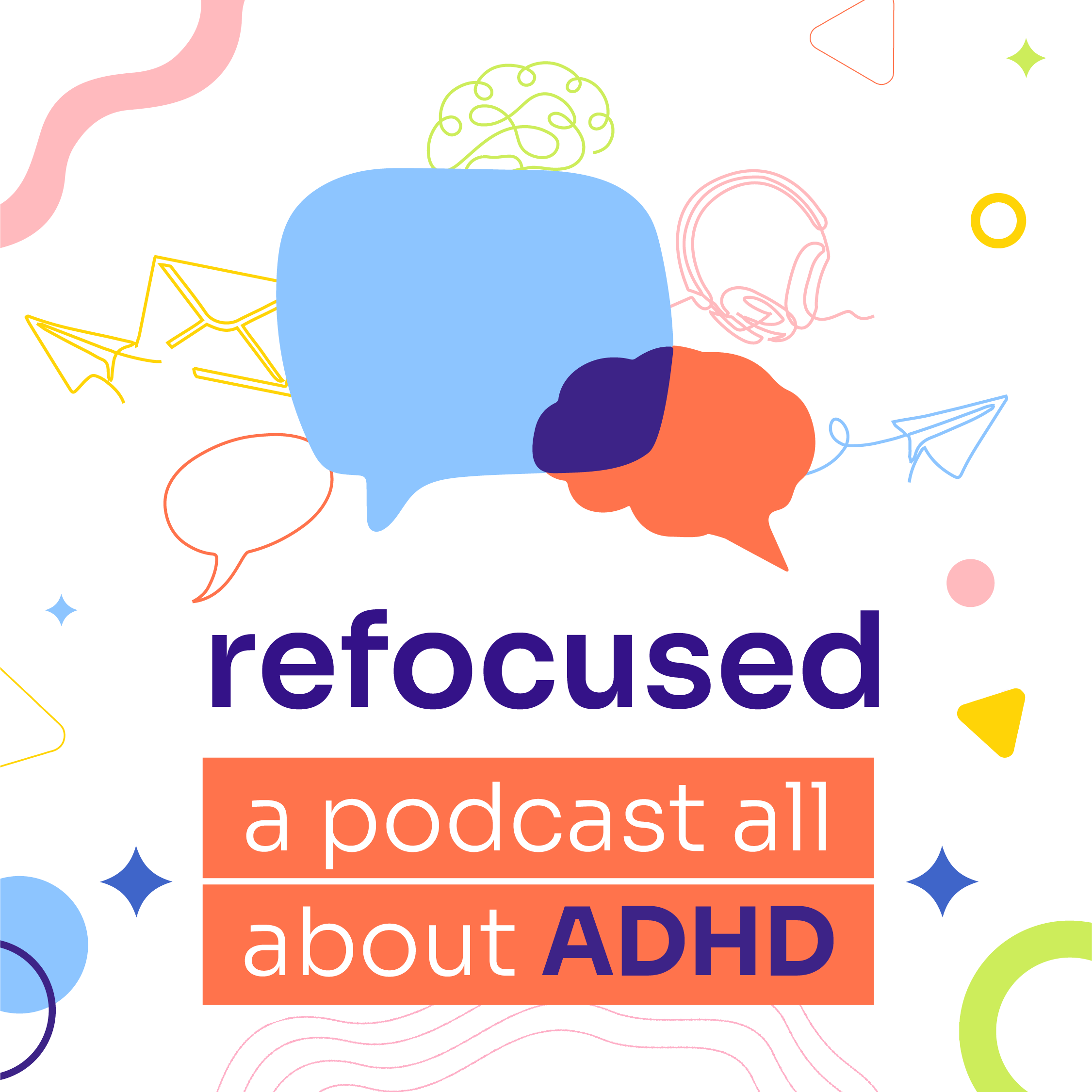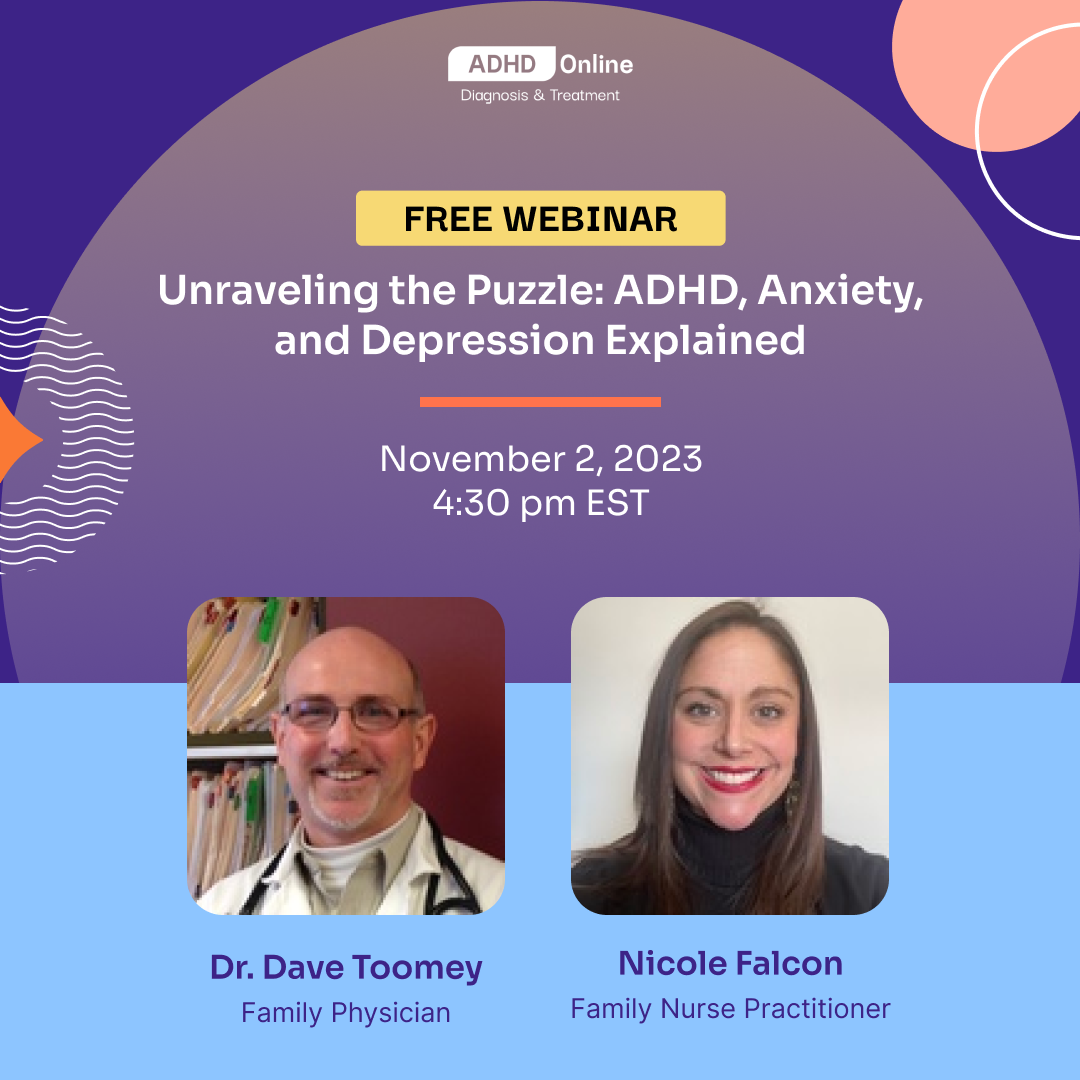By Michelle Seitzer
“Are we there yet?” and “I’m bored!” are probably the top two complaints parents hear in the summertime — especially from kids who may struggle with ADHD. And there’s nothing like a long road trip or delayed flight to bring those infamous phrases out — and on repeat.
Since your fuel tank of parental patience may already be pretty low as we approach midsummer, lower your vacation stress levels with these parent-approved travel tips:
Jessie Towarak is a mom of three and makes many long cross-country treks to visit family and friends in the summertime. Her family always goes to Barnes & Noble before the trip to stock up on activity books and kid-chosen books for plane rides. “Recently, we got into trivia, so we listen to a family trivia podcast when on road trips,” says Towarak. They also play the ABC game. “Everyone needs to find a word on a billboard, car, building, etc. from A-Z, and that kills a lot of time in the car and keeps everyone focused,” she says.
Renae Rathjen’s son with ADHD is a big fan of audiobooks. She also packs lots of small things to keep his hands busy. “Crazy Aaron’s Thinking Putty is amazing, or squishy stress balls,” says Rathjen. “My kids also love the rainbow car game, searching for car colors in rainbow order.”
Judy Rohrbach, a mom of two and seasoned occupational therapist who works with many kids who have ADHD, recommends researching playgrounds on your travel route so you can plan to make stops along the way “to get some energy out.”
When she has the time in advance, Becky Schreiber makes travel baskets for her kids.
“This includes snacks, tissues, mints/gum, new (to them) books or coloring pages, etc.,” she says. “I also try to print off some fun-in-the-car games for them to do while they’re hanging out.”
And her family has learned from experience what their driving limits are. “Recently I went on a long road trip (two weeks) by myself with my three younger kids,” says Schreiber. “I planned my days very specifically around how much driving we could all handle. And then I planned stops along the way – even if that meant just stopping and getting a picture with Davy Crockett in the middle of Interstate 81,” she says. “It still was fun and it broke up the drive.”
And by doing these special stops (she also researched Roadside America and Atlas Obscura for location inspiration), Schreiber set a new goal for her family’s travels: to enjoy the journey, not just the destination.
Mom of three Leanne Peacey advises parents to think about timing. “Know when your child hits their emotional meltdown times — ours is around 7 p.m. — and they just can’t self regulate anymore,” she says.
Peacey also recommends getting the kids involved in packing an activity bag. “This makes it easier for them to remember what they have access to,” she says. “And be sure it includes multiple activities — be it a pack of UNO cards, the iPad or other game tech, coloring books, new chapter books, or music.”
How you’re traveling — plane, car, train, boat — makes a difference in planning; you can’t stop at a playground to run off excess energy if you’re flying. Sensory blocking tools have helped Peacey’s kids in their non-car travels. “I love the sleep masks with installed headphones for sensory control. And pack a familiar blanket if they’re tricky with textures, and familiar cups/silverware if that is an issue for them,” she adds.
Fidgets are an excellent travel companion for kids with ADHD (check out our list of the best ones, recommended by kids and parents). Jane Miller’s daughter loves Suduko, and keeps her favorite fidget toy in hand while listening to an audiobook. And Sarah Bratt, mom to three girls (including twins), packs with her daughter’s sensory needs in mind. That means packing weighted blankets, gum, lots of fidgets and movie soundtracks.
Jana Seitzer, also a mom to twins, learned the hard way about avoiding red eye flights. She advises parents to let the kids run around as much as possible before the flight, and select flights with no more than one layover. “Make sure it’s not a long one,” she adds. If you’re flying, don’t forget to pack headphones, snacks, a blanket and a small pillow, Seitzer recommends. And if possible, separate siblings in your seating arrangements, she says.
As the mom of two boys with ADHD, Bonnie Johnston recommends traveling during the hours when your child’s ADHD meds (if they’re taking any) are in full effect. “It helps a lot,” says Johnston. “Truth be told, we avoid long car rides like the plague, and we are very intentional about the ones that we can take, between two and three hours.”
Regardless of the trip’s length, having long and in-depth conversations about lots of topics has been a win for the Johnstons. “I remember one conversation about the financial benefits of owning a house. Believe it or not, that conversation lasted over an hour!” she says.
In fact, talking about travel itself has provided many “teachable moments” for Johnston’s family. “We’ve had conversations with the boys about strengthening the skill of handling car rides well, and the benefits that it allows — like going to fun places, going on vacations, visiting friends and family that live further away, etc.,” she says. “It’s a good skill to have.”
Getting kid buy-in on what to do with the travel time is another teaching tool Johnston uses. “I give (my boys) a bag and tell them to plan how they are going to fill their time (in the car, on the plane). Giving them that responsibility is valuable,” she says.
“Sometimes we plan around a meal. For example, we may do McDonald’s drive thru and eat in the car. It keeps the boys busy and gets us there quicker,” says Johnston. “Sometimes I will tell jokes. And we will always allow the last half hour to be screen time if the first two hours goes well,” she adds.
***
I’m the parent of a child with ADHD too, and our family has some of our own travel tricks. A few summers ago on a 12-hour road trip to Florida, we instituted a new policy to prevent the endless repetition of the “how much longer?” question. We now keep a dollar bill in the visor of the passenger side rear view mirror – in my daughter’s sight line.
Before the trip, we establish a goal and a dollar amount she could earn, and we’d allow her to ask us once every hour for the “countdown to arrival.” If she got through the hour without asking, she’d get the dollar bill in the visor, which we’d then replenish. So she had the potential to earn $12 by the end of the ride, to be spent on the souvenir of her choice.
We’ve learned from experience to dissipate my daughter’s pre-trip anxiety of the “unknown” by looking at pictures of where we’re going before we leave. We check out websites, email confirmations and social media feeds to show her what the airport looks like, what the hotel looks like, what our rental car looks like, and so on.
Actually, mindset matters for everyone in the cramped-with-suitcases car or crowded airplane cabin. Because no matter how many activity bags you pack, games you play or snacks you stock up on, the best thing parents can do is manage their stress level ahead of time and while on the road. Or in the air or on the boat, etc.
“The better the frame of mind we are in as parents, the better our kids will do,” Johnston says.
Check out our list of Summer Boredom Busters for ideas that could be adapted to the car or plane — or for fun things to do during a staycation. And comment below for any tips your family uses to keep the peace during long trips.




